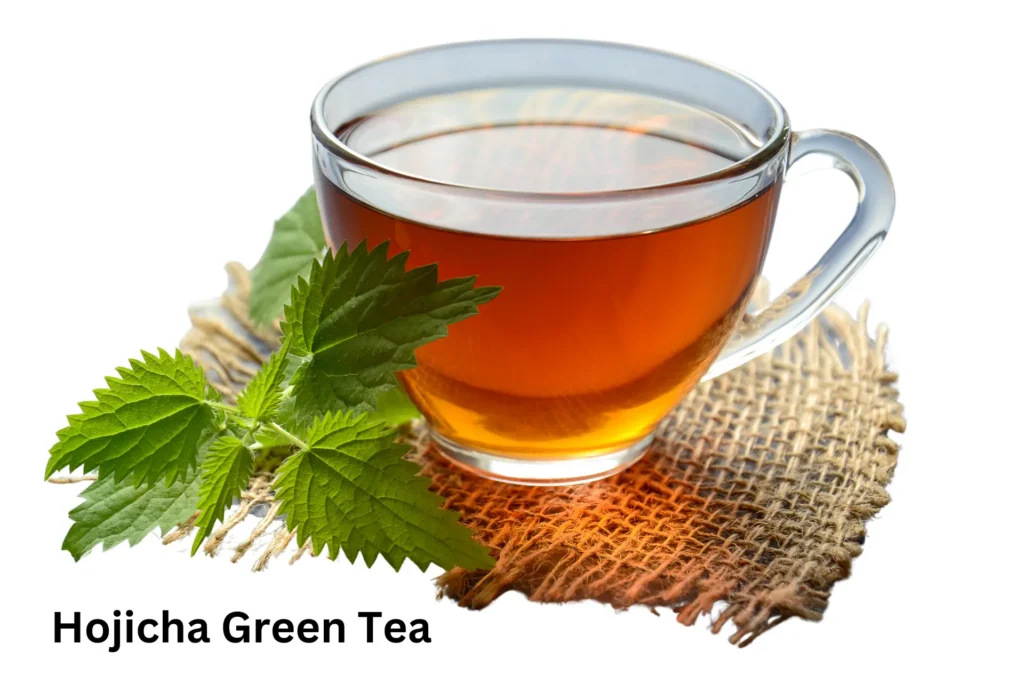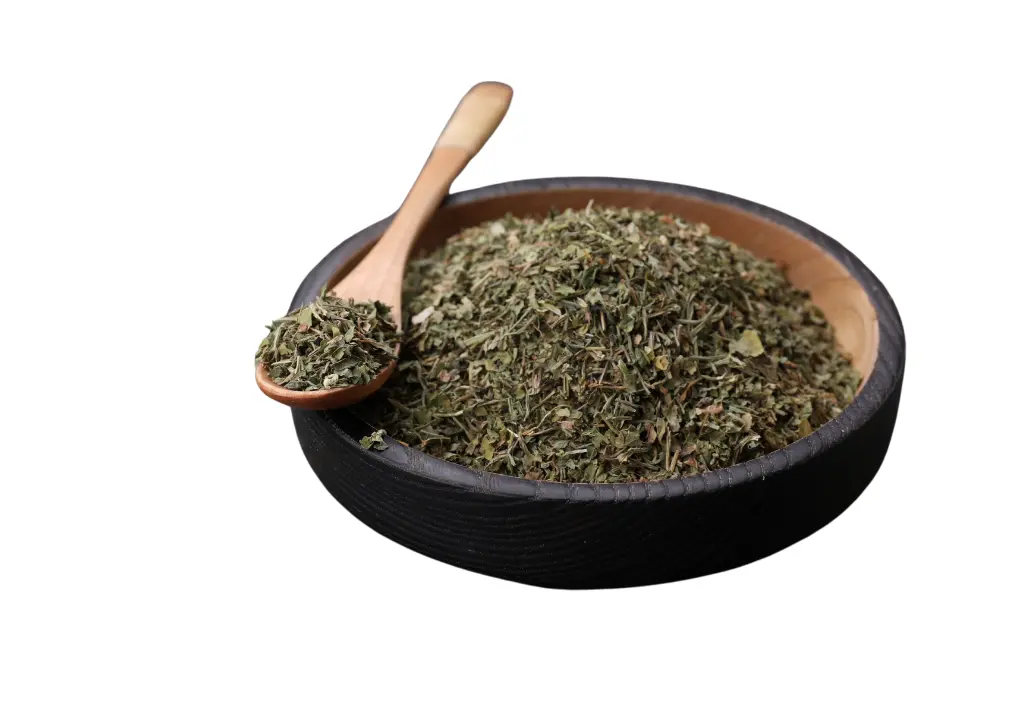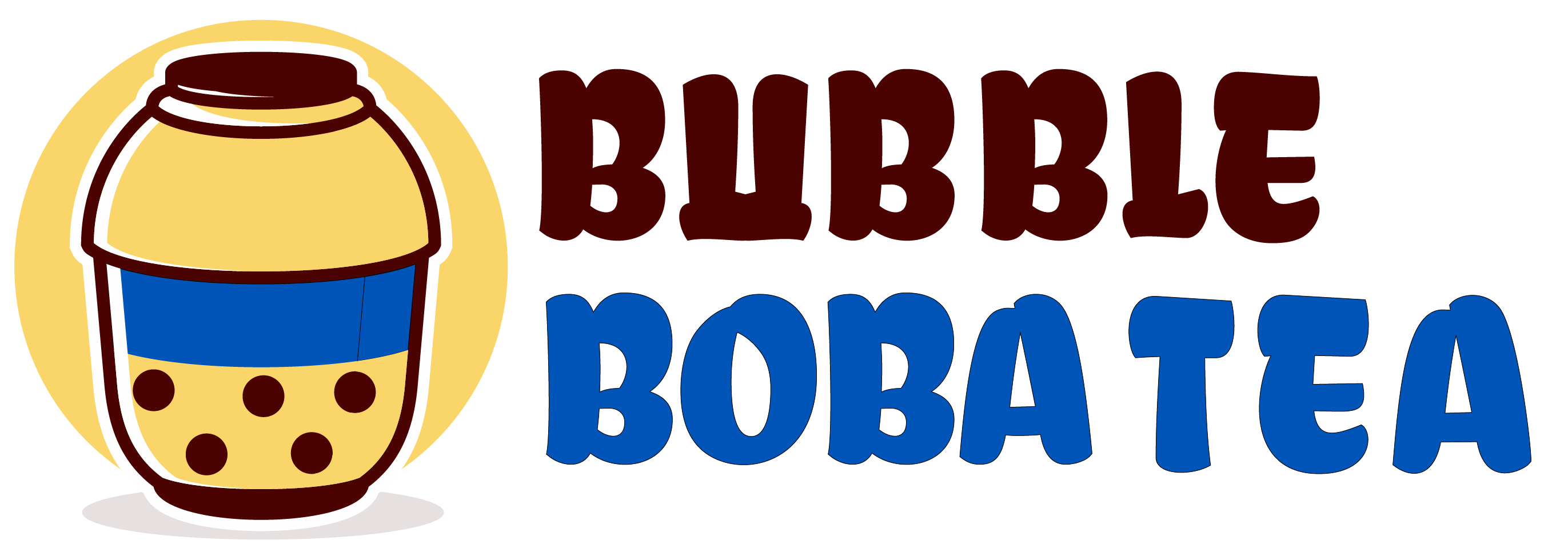Hojicha Green Tea: A Unique Japanese Tea – Caffeine Content and Health Benefits

It is very unique in the world of Japanese teas because of both its color and its taste. While most Japanese green teas have a yellowish-green color to them, Hojicha takes on a reddish brown. Its flavor is a lot stronger on these warmer taste profiles like coffee caramel and chocolate.
In this article, we’re going to briefly discuss what Hojicha is. Caffeine Content and Health Benefits, how it’s made at home, and its benefits on our health.
What is Hojicha
It is one of the more common types of Japanese green tea. It’s made from roasted green tea leaves, and it’s commonly served in drink shops and restaurants. It is mostly used in Japan (places like Ujji and Kyoto) in the winter season. If you notice certain vendors roasting Hojicha leaves in the street, nothing compares to the aroma of freshly roasted tea leaves wafting through the brisk fall air.

Hojicha: Caffeine Content and Health Benefits
Explore in easy words whether or not this beverage has a caffeine element. How much caffeine does it have?, and how does it compare to other types of Japanese green drink? Does Hojicha have caffeine? The answer is yes.
Just like every other type of true beverage, there is a brew element in almost all Japanese drinks. What gives this popular Hojicha green tea brew is the popular plant itself, not any phase in the production process. However, the caffeine can be raised or lowered depending on how the farmer decides to produce it. The plant produces caffeine as a defense process to protect itself against harmful insects.
The older, more mature leaves are tougher, and they don’t produce as much brew.
Hojicha is made from older leaves, which makes the Hojicha drink caffeine on the lower end of the Spectrum. Some of the brew is burnt off through the roasting process as the leaves are turned into a large hot pan.
Hojicha Caffeine Level
Now, let’s finally talk about the caffeine level. What we’re looking for here is a milligram measurement: a milligram is one-thousandth of a gram, and it’s usually the way brew is measured. Try to stay under 300 to 400 milligrams per day in a cup of it. It can have as little as 10 milligrams of brew, which makes it suitable for more sensitive people.
Hojicha Tea Benefits
It also makes for an excellent relaxing drink to enjoy in the late afternoon period or evening. Compared to Coffee, the Hoji-cha tea is very insignificant. A typical cup of Coffee can have somewhere between 80 to 100 milligrams of caffeine per cup. This is eight to ten times the total caffeine that’s in a cup of Hojicha beverage. Because it has some warmer and darker flavors, it is a good replacement for Coffee.
If you’re trying to cut back on your caffeine intake, another way of looking at it is that you can drink 10 times the amount of Hoji-cha for the same level of caffeine. This drink’s caffeine element level is so low mostly due to the fact that the older tea leaves are used in premium beverages in Japan. Tend to be produced from the youngest leaves of the green plant, as these are full of nutrients and filled with flavor. Hojicha drink gets its nutty flavor mostly from the roasting process.
How to make it at home
Conclusion
Today, we explored everything in easy words about Hojicha tea that its lovers need to know to fully enjoy this unique, tasty drink, especially on winter days. After researching this tea, I found it to be a quick, easy, and energizing addition to my daily routine in my university days. If you’re a fan of its hot, nutty flavors, Try to make it at home and let us know in the comments how you like to enjoy Hojicha during the winter season!
